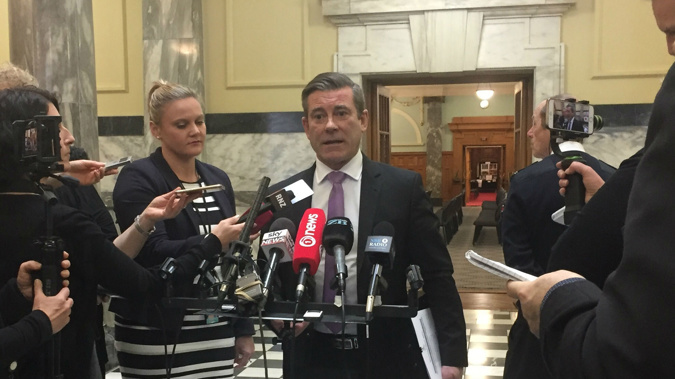
The government has relaxed remuneration bands separating low and mid-skilled workers after consultation with businesses found their original plans were too strict.
There were 170 submissions on the government's planned changes to temporary work visas, prompting a rethink on how skilled migrants are identified under visa requirements.
Under a plan announced in April the government proposed changes meaning migrants would only count as "skilled" if the job they were coming for paid more than about $49,000 a year.
But that figure has been relaxed to a little over $41,000 a year following consultation, or around 85 per cent of the New Zealand median income.
Employers were concerned higher qualified mid-skilled workers, on a pathway to higher level jobs, could have been penalised by a requirement to stand down after three years.
"The new mid-skilled remuneration band recognises the fact that these workers are filling genuine skill shortages and are more likely to progress with further skills acquisition or work experience," Immigration Minister Michael Woodhouse said, announcing the changes on Thursday.
Between 6000 and 7000 people, on current numbers, will not be subject to the stand-down period following the changes and could be in line for a pay increase, Mr Woodhouse said.
"If somebody has a remuneration threshold to reach and they are below but within the range of it, it may well be that if the employer is keen to ensure that worker remains - and an overseas worker is still required - then there could be a salary increase for them," he said.
He doesn't believe wages will be suppressed or that employers will reduce wages from the old threshold to the new.
"We'll be watching that closely but I think that's highly unlikely."
New Zealand First leader labelled the changes unfocused and haphazard, echoing Labour leader Andrew Little's comments earlier in the week that the original plan was knee-jerk.
"They've got found out with a totally unfocused immigration policy," Mr Peters said.
Labour's immigration spokesman Iain Lees-Galloway said the focus should be on high-skilled immigration.
"I think it's a really bad policy, using salary as a proxy for skills is just a poor approach," he said.
"What we should be doing is properly assessing where the skill shortages exist, and where they do, fill them with migrant labour where necessary."
Other changes, including a maximum three-year- visa duration for lower-skilled workers, a minimum stand-down period between visas and a requirement for partners and children of lower-skilled visa holder to meet requirements in their own right remain unchanged.
Temporary work visa conditions will be introduced on August 28, while additional issues will be addressed in phase two, Mr Woodhouse said.
That includes concerns around a lack of classification for some jobs under current Australian and New Zealand Standard Classification of Occupation guidelines.
IDENTIFYING SKILLED WORKERS:
* Low-skilled - earning below $41,538 a year
* Mid-skilled - earning between $41,538 and $73,299 in an ANZSCO level 1-3 job
* High-skilled - earning $73,299 regardless of occupation
Take your Radio, Podcasts and Music with you









